Blog
What Are Cocktail Dresses? The Ultimate Guide
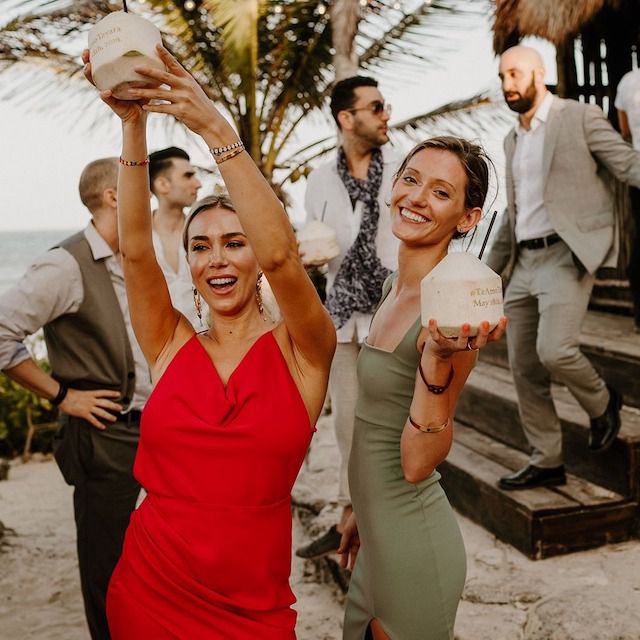
Cocktail dresses are a staple in women’s fashion, often associated with semi-formal events where style meets sophistication. Understanding what defines a cocktail dress is crucial for anyone aiming to look their best at parties, weddings, or other social gatherings. As we delve into the history, characteristics, and important considerations when choosing a cocktail dress, this guide will illuminate everything you need to know about this versatile attire.
What is a Cocktail Dress?
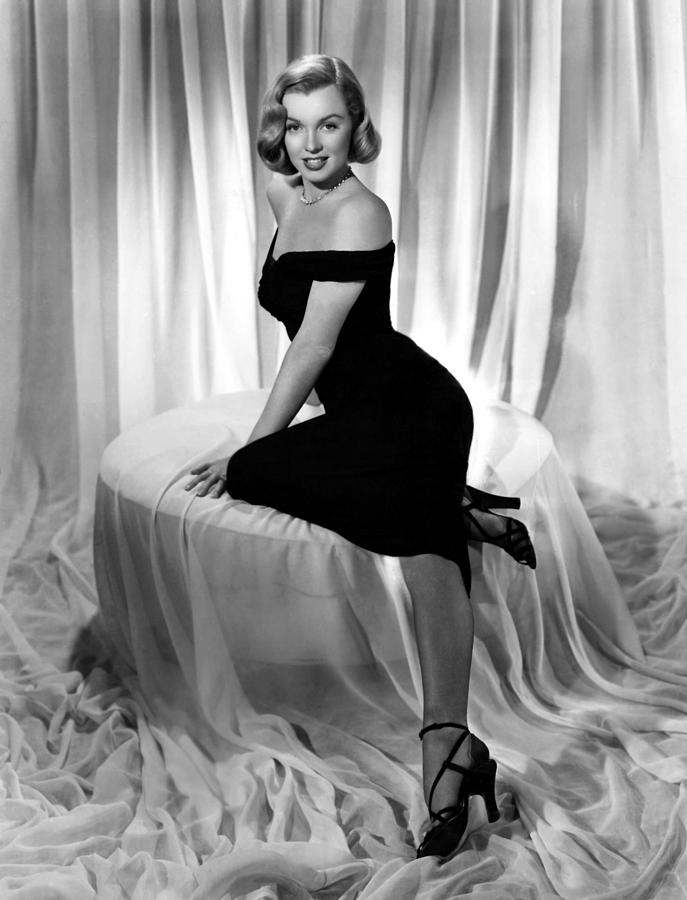
Historical Background of the Cocktail Dress
The cocktail dress has roots that trace back to the Roaring Twenties, a decade known for its exuberance and cultural shifts. This was the era where traditional views on women’s clothing began to evolve, coinciding with women’s increased independence in society and their participation in social events outside the home. During this time, upscale households began hosting cocktail parties—social gatherings that took place before dinner where guests enjoyed appetizers and drinks.

The need for a dress code arose, leading to the emergence of the cocktail dress as a necessary attire. Throughout the 1930s and 1940s, designers like Coco Chanel popularized shorter hemlines, which perfectly suited these pre-dinner gatherings. Fast forward to the modern era, and the cocktail dress continues to symbolize elegance and sophistication while bridging the gap between casual and formal wear. Today, cocktail dresses are embraced for their versatility and ability to be customized according to various themes and colors staged throughout social occasions.
Cocktail Dress Definition and Characteristics
A cocktail dress is defined as a semi-formal garment typically worn to events such as parties, receptions, and weddings. These dresses are characterized by their length, fabric choices, and design details. Generally, cocktail dresses fall between knee-length and mid-calf, providing a classy yet comfortable option that allows for easy movement without sacrificing elegance.

Common characteristics of cocktail dresses include:
Length: Often midi or knee-length, striking a balance between casual day attire and formal evening wear.
Fabric: Cocktail dresses are made from a range of materials, from chiffon and silk to lace and velvet. The choice of fabric often reflects the season and event type.
Design: The style can vary widely, including A-line, sheath, and fit-and-flare designs. Details such as embellishments, patterns, and necklines also play a critical role in differentiating one cocktail dress from another.
For example, a classic LBD (little black dress) is a timeless cocktail choice that can be dressed up with statement accessories or worn casually with flats for a daytime event. In contrast, a colorful printed cocktail dress with a defined waist can offer more flair and personality, showcasing the versatility of this essential wardrobe piece.
Choosing the Right Length for a Cocktail Dress
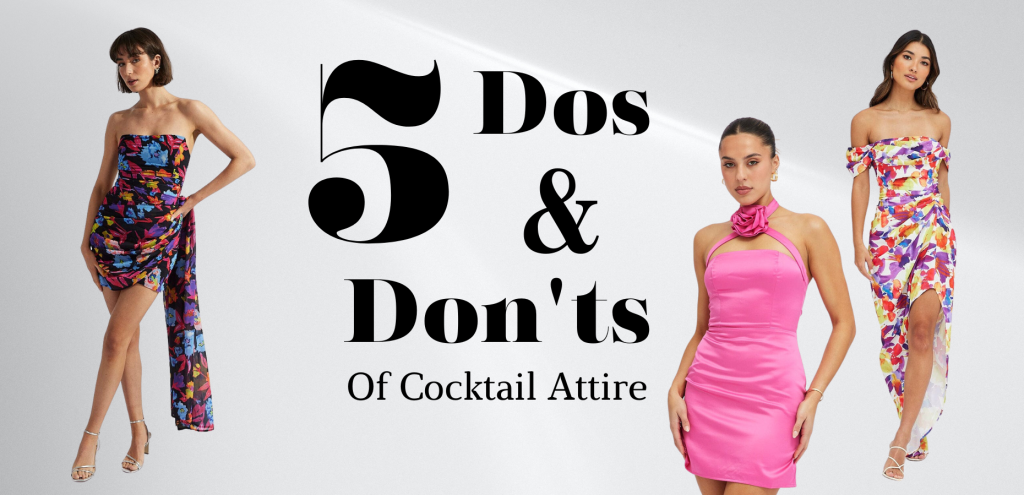
Ideal Lengths: Midi and Alternatives
Finding the right length for a cocktail dress is crucial for achieving the desired look and feel at any event. The most popular lengths include knee-length and midi styles. While knee-length dresses remain a classic option, midi dresses have surged in popularity due to their elegant silhouette that flatters various body types.
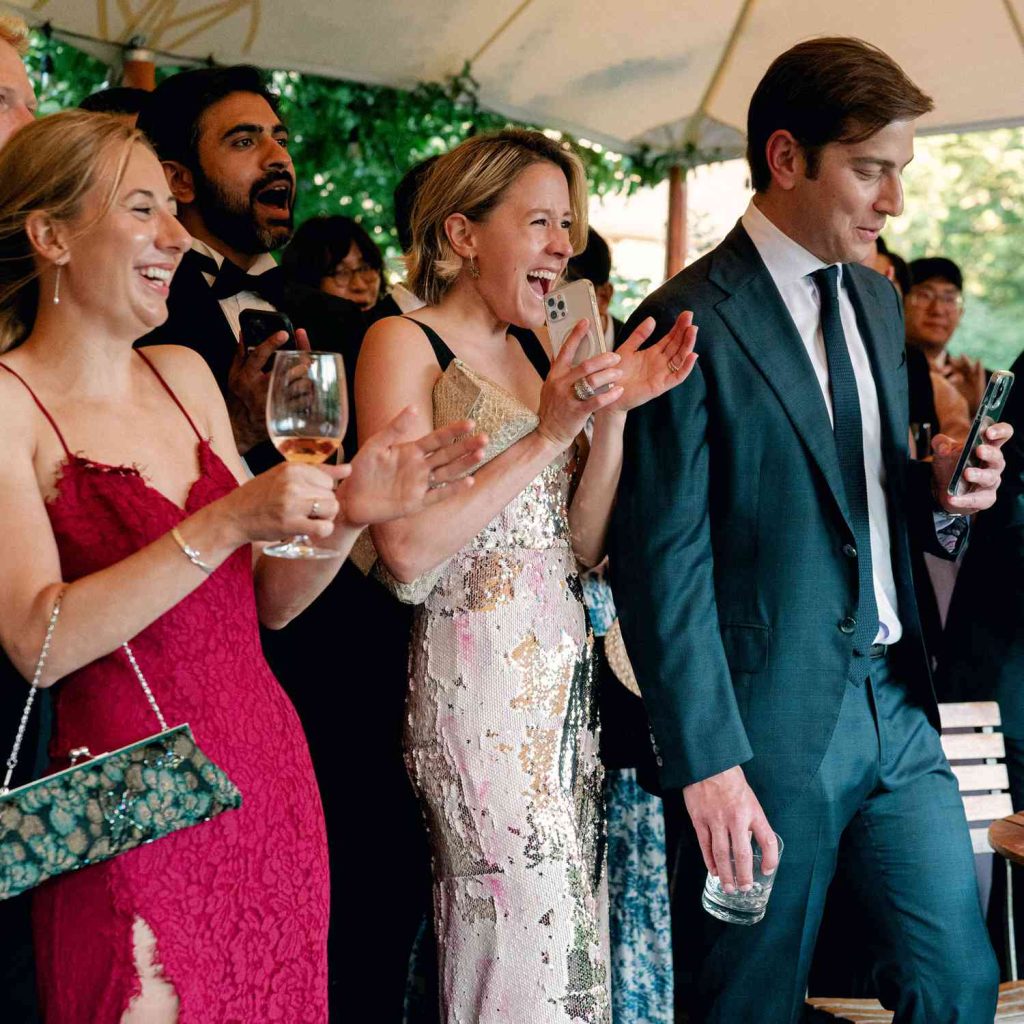
A midi cocktail dress typically falls between the knee and mid-calf, providing ample coverage while still offering a touch of sophistication. This length is especially favored for seasonal events, allowing the wearer to enjoy a polished look without having to navigate the limitations of longer gowns. Midi dresses often come in a variety of styles, from fitted bodices to flowing skirts, making them an adaptable choice for different occasions.
For those who prefer something shorter, cocktail dresses that are slightly above the knee can still meet the semi-formal criteria, especially when paired with elegant accessories. Nevertheless, it’s necessary to consider the event’s formality level and the overall aesthetic you wish to portray.
Importance of Length in Cocktail Attire
The length of a cocktail dress can significantly influence the dress code perception and the overall impression you create. Wearing the incorrect length can lead to feelings of being overdressed or underdressed, which in any social setting might feel uncomfortable. The balance of length and style can dictate whether your outfit feels casual or formal, so careful selection is key.
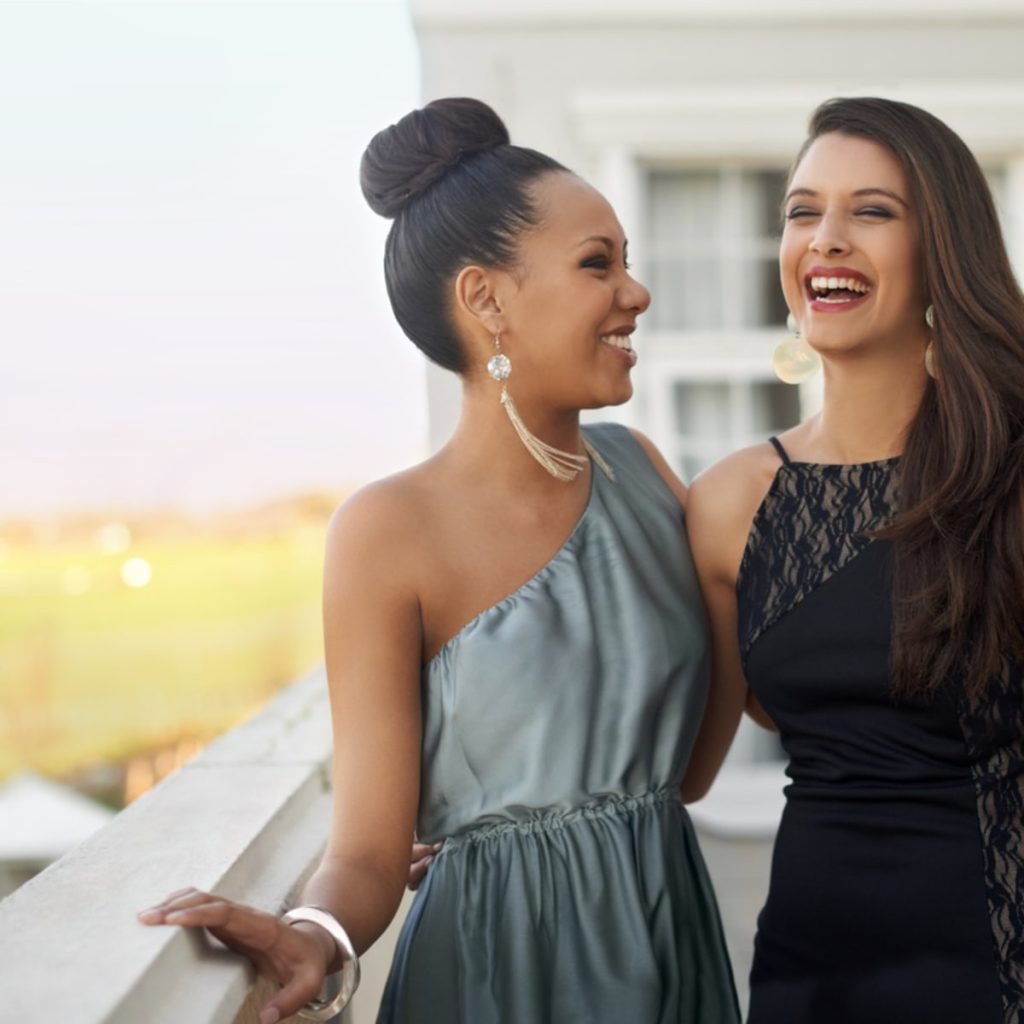
For instance, a fitted, knee-length dress can be perfect for a semi-formal evening wedding, where the objective is to appear polished yet relaxed. In contrast, a midi dress with a playful print may be ideal for an afternoon cocktail party where creativity in styling can shine. Therefore, assessing the event’s time, location, and level of formality is essential for choosing the right length and cut to suit your taste and the occasion.
Alternatives to Traditional Cocktail Dresses

Stylish Options: Trousers and Jumpsuits
While cocktail dresses are often the first option that comes to mind for semi-formal events, there are increasingly stylish alternatives worth considering. Trousers and jumpsuits can make for a chic and trendy substitute, allowing for distinct expressions of style that eschew traditional dress silhouettes.
Trousers in luxe fabrics like silk or satin, especially when combined with elegant blouses or tailored jackets, can create a sophisticated ensemble that is comfortable and appropriate for cocktail settings. For instance, a pair of cropped palazzo trousers paired with a fitted, embellished top can offer the same polished look as a cocktail dress while allowing the wearer ease of movement—a necessary quality for socializing and dancing.
Similarly, jumpsuits—a one-piece garment with a top and pants—have gained traction as a popular option for cocktail attire. They offer a modern twist on formal wear, allowing for versatility in wear and styling. A well-tailored jumpsuit in a solid color, for example, radiates elegance and can be accessorized with statement jewelry and heels to elevate the look for a cocktail event.
Using Skirts and Tailored Suits
Another fantastic alternative to traditional cocktail dresses includes stylish skirts and tailored suits. A chic skirt paired with an elegant blouse can create a dynamic and fashionable outfit that stands out. Midi skirts, particularly those with flowing materials or unique patterns, can bring a sense of playfulness and elegance to cocktail attire while ensuring you feel both stylish and very much appropriate.
On the other hand, tailored suits—typically seen as a male-dominated style—are increasingly popular among women for cocktail occasions. A fitted blazer combined with sleek trousers or a tailored skirt allows for empowerment and sophistication, providing options that are as much about empowerment as aesthetics. Women can also play with color across the suit’s palette, layering textures or choosing suits with distinctive cuts to infuse personality into their cocktail look.
Choosing these alternatives not only showcases versatility but also enables a personal touch that makes dressing for an event an enjoyable experience. In an era where fashion norms continue to evolve, wearing skirts and tailored suits empowers women to express their individuality while adhering to cocktail attire standards.
Selecting the Perfect Cocktail Shoes
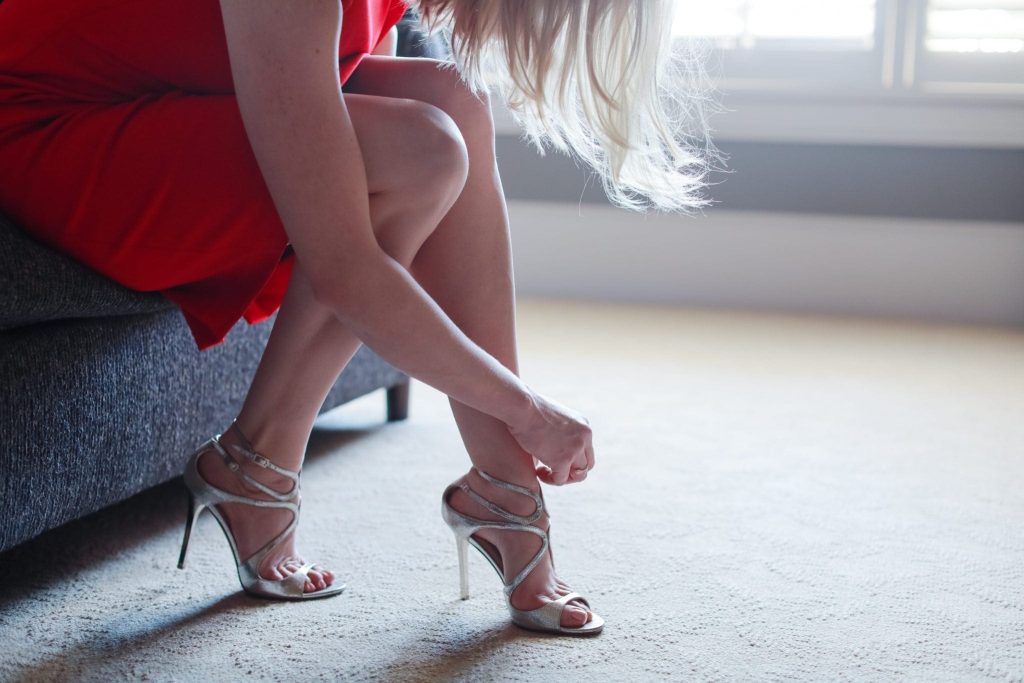
In the realm of cocktail attire, the significance of selecting the perfect pair of shoes cannot be overstated. The right footwear can elevate your look from simply presentable to outright sophisticated. It is imperative to balance style with the level of comfort necessary for a cocktail event, as these gatherings can often last several hours.
Types of Appropriate Footwear
When considering footwear for cocktail events, it’s essential to understand the various types that fall under the category of appropriate choices. Generally, heels are a staple, but the style can vary widely:
Stilettos: These are the quintessential cocktail shoe, exuding elegance and elongating the legs. They can range from classic black patent to colorful prints.
Block Heels: For those who prioritize comfort without sacrificing style, block heels offer a wider base and greater stability. They come in various heights and can add a trendy touch to an outfit.
Kitten Heels: Falling in between flats and stilettos, kitten heels are a chic option for those who prefer a modest yet stylish look. They can provide all-day wear without the discomfort associated with taller heels.
Dressy Flats: Although less common, flats can be appropriate if designed with sophisticated details like embellishments, textures, or rich fabrics. They can be a lifesaver for a cocktail event where standing or dancing is involved.
Platform Heels: These shoes provide height while offering a modicum of comfort due to the thicker sole. They are particularly popular among those who desire a dramatic silhouette.
Each of these styles can enhance a cocktail dress, but the key is ensuring that they complement the overall outfit while providing comfort. For example, a bold-colored block heel can be a statement piece to a neutral-hued dress, while understated stilettos can elevate a patterned ensemble.
Tips for Shoe Choices: Style and Comfort
Selecting cocktail shoes requires a balance between aesthetic appeal and wearability. Here are some considerations to keep in mind:
Height Matters: Consider your ability to walk comfortably in different heel heights. If you are attending an event where standing for extended periods is likely, opt for lower heels or stable designs.
Material Consideration: Shoes made from genuine leather or high-quality suede not only look elegant but also often mold more comfortably to your foot. Materials that allow for breathability are particularly important for longer events.
Cushioning and Support: Look for shoes with adequate cushioning and arch support. Some designers offer padded insoles that can make a significant difference. Brands like Jimmy Choo and Christian Louboutin are known for their stylish yet surprisingly comfortable shoes.
Color Coordination: Ensuring your shoes match or complement the color of your dress can pull your outfit together. A nude or metallic heel is often versatile, pairing well with a variety of colors while still giving the illusion of lengthened legs.
Style of the Event: Consider the nature of the cocktail event. Formal gatherings may call for more elegant designs, while a festive cocktail party might allow for playful or quirky options, like embellished flats or vibrant pumps.
By keeping these factors in mind, guests can choose shoes that not only reflect their personal style but also meet the functional demands of the occasion.
Accessorizing for a Cocktail Event
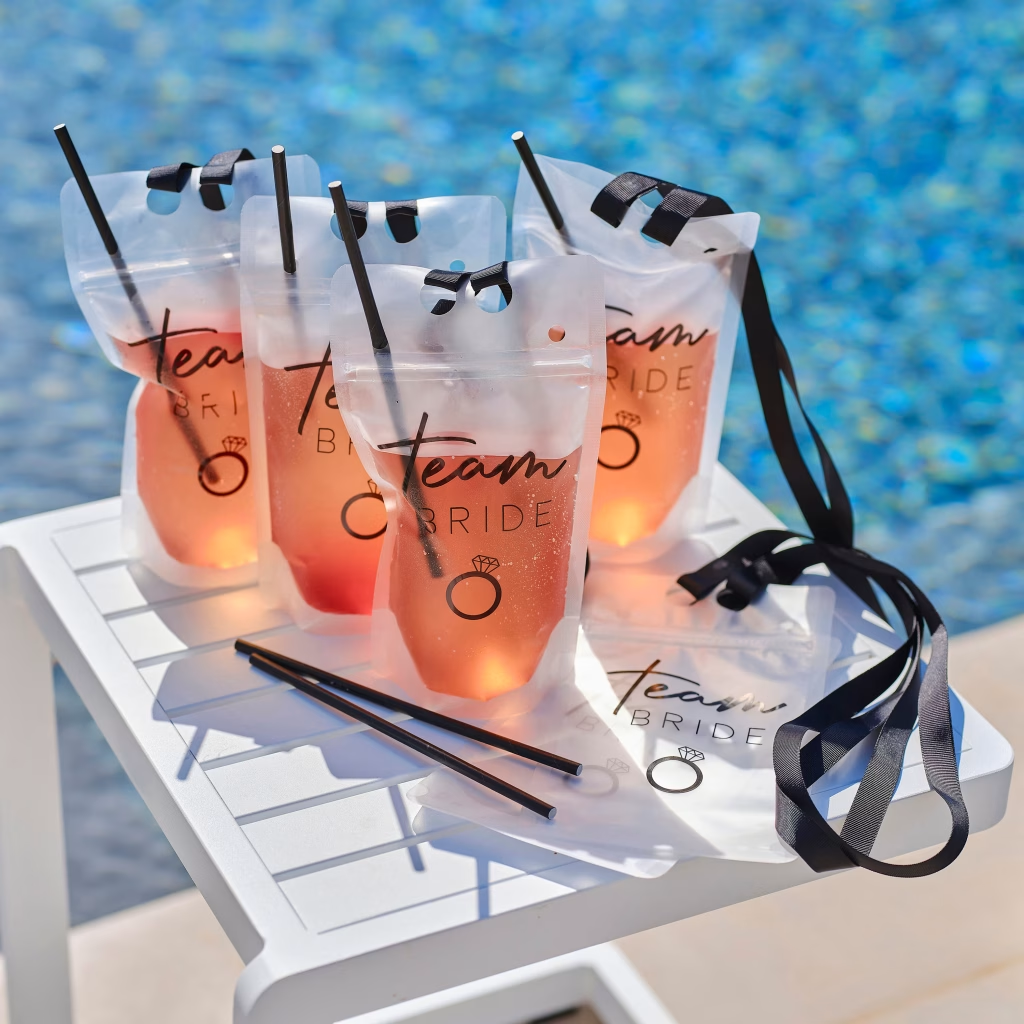
Accessorizing is what truly brings a cocktail outfit together. The right accessories can enhance your overall look and reflect personal style while adhering to the cocktail dress code.
Choosing the Right Bag
Choosing the perfect bag for a cocktail event is about functionality and style. Clutches are the go-to option; they are elegant, compact, and perfect for holding essentials. When selecting a bag, several considerations come into play:
Size: Since cocktail events usually involve light mingling and movements, a smaller bag is often sufficient. A well-sized clutch can house your essentials like your phone, cards, and lipstick without overwhelming your outfit.
Style and Color: The bag should ideally complement your dress’s color scheme. A shimmering metallic clutch can add a touch of glamour to a simple dress, while a boldly colored bag can serve as a statement piece. For example, a red clutch might pop against a classic little black dress.
Material and Finish: Consider the texture of your bag. Leather, satin, and embellished finishes can elevate the outfit’s sophistication. A sequined minaudière or a beaded clutch can add an element of fun and festivity to your cocktail attire.
Functionality: Many modern clutches come with optional chains or straps to convert them into shoulder bags, providing flexibility during the event, especially if you plan to enjoy some dancing.
Accessories play a pivotal role, and the right bag can either tie the entire look together or distract from it. An elegantly chosen bag reflects careful thought in outfit planning.
Accessory Guidelines: Balancing Elements
Accessory choices can greatly influence the flow and impression of your cocktail attire. To create an all-around sophisticated appearance, consider the following guidelines:
Layering: A well-balanced approach to layering accessories can add depth to your outfit. For instance, if wearing statement earrings, opt for a simpler necklace to avoid clashing elements. Conversely, a bold necklace may look stunning with understated earrings.
Match the Mood: The style of the event may dictate your accessory choices. For formal events, classic gold or silver varieties may be more appropriate. For a more relaxed cocktail, playful pieces made from colorful materials can lend a vibrant character to your outfit.
Avoid Overdoing It: Remember, in cocktail styling, less is often more. Stick to two to three statement pieces rather than overwhelming yourself with numerous accessories. A pair of striking earrings, a delicate bracelet, and a chic bag can be enough.
Personal Touch: Incorporate elements that reflect your personality. This can be through unique pieces of jewelry that tell your story or a scarf that pays homage to your heritage or personal style.
As opposed to simple dressing, cocktail attire allows for creative exploration, and carefully considered accessories can set you apart while adhering to the event’s formality.
Color and Fabric Choices for Cocktail Dresses
A cocktail dress’s allure often lies in its color and fabric. Choosing the right combination is essential for achieving the desired impact at any cocktail event.
Experimenting with Patterns and Colors
When it comes to cocktail attire, color and pattern experimentation can be an exciting process:
Solid vs. Patterned: Solid colors like black, navy, and jewel tones maintain a classic appearance, making them timeless choices for cocktail dresses. However, experimenting with patterns such as floral, geometric, or abstract prints can add a contemporary twist. Floral patterns could inject vibrancy and femininity into a gathering during warmer seasons.
Bold Statements: Opting for bold and unexpected colors, such as emerald green or vibrant magenta, can help you stand out among a crowd of neutral tones. A bright red cocktail dress can express confidence and elegance.
Seasonal Inspirations: Sometimes, seasonal themes can dictate color choices. Pastels may dominate spring gatherings while richer tones, like burgundy and gold, take the forefront during fall.
Color Blocking: Consider using the contemporary technique of color blocking, which combines contrasting shades or patterns in one outfit. This playful approach adds energy and can give the impression of a creative style sense.
Choosing Sophisticated Fabrics
The fabric of a cocktail dress greatly influences its visual appeal and comfort level:
Silk and Satin: These fabrics exude luxury and are known for their soft texture, perfect drape, and ability to catch the light. A silk dress may flow beautifully, providing elegance as you move.
Lace and Organza: Incorporating lace details or organza layers can introduce an element of delicacy to your ensemble, making it appear both feminine and refined.
Jersey and Crepe: For a more structured look, jersey and crepe materials provide comfort and support, making them great for dance-centric events.
Textured Fabrics: Fabrics with texture, such as brocade or jacquard, can make a significant impression, adding depth to your outfit while also serving as a showcase for your personal style.
Understanding the nuances of color and fabric choices empowers attendees to select cocktail dresses that resonate with their unique style while fitting elegantly into the defined dress code.
Cocktail Dress Code for Hosts and Guests
Understanding the cocktail dress code is paramount for both hosts and guests. It sets the tone for the event and ensures that everyone feels comfortable and well-dressed, avoiding any social faux pas that might arise from misinterpretation.

Hosts’ Perspective
As a host, the onus is on you to convey your expectations clearly. When planning a cocktail event, consider the following:
Invitations: Clearly state the dress code on the invitations. Phrases like “Cocktail Attire” provide guidance, but consider including examples or suggestions as well. For instance, you might specify, “Short dresses or sleek trousers are welcome.”
Event Setting: The location and time of the event should influence the formality of the dress code. An evening rooftop gathering may lean more formal than an afternoon garden party.
Sample Showcase: It often helps to have visual aids, such as a Pinterest board, where potential guests can see examples of appropriate attire. This can bridge the gap in understanding.
Creating Ambiance: The overall atmosphere should match the cocktail theme. Decor, lighting, and even the menu can set a sophisticated tone that encourages guests to participate fully in the spirit of the event.
Guests’ Perspective
For guests, following these suggestions enhances personal presentation while adhering to the cocktail dress code:
Research Attire Norms: Before attending, research the event or venue type to grasp the expected level of formality. Activities such as dancing, dining, or mingling might influence your clothing choice as well as shoes and accessories.
Consult with the Host: If in doubt, it’s appropriate to reach out to the host directly for clarification on dressing expectations. They may provide insight into whether you can lean more casual or should adhere to a classic take.
Personal Signals: Use the opportunity to express your unique style—cocktail attires often enhance personal flair. However, always keep the dress code in mind and avoid extremes that might detract from the tone of the event.
Social Media Research: Social media platforms can offer a breadth of examples of how others interpret cocktail attire, aiding in your decision-making.
Understanding the cocktail dress code as both host and guest is vital for ensuring that the event remains stylish and enjoyable. Creating a cohesive atmosphere where everyone feels comfortable can set the stage for wonderful experiences and memories.
Understanding Host Expectations
When it comes to cocktail dresses, understanding host expectations is fundamental for both hosts and guests. Cocktail attire is often seen as a middle ground between casual and formal, and its interpretation can vary greatly based on the host’s vision for the event. For instance, an elegant cocktail party held at a high-end venue may require more sophisticated attire than a casual gathering at a home. Hosts typically address this ambiguity through clear communication—invitation wording should specify the formality expected.
A well-worded invite could include phrases such as “cocktail attire required,” which sets a tone of expectation, whereas “cocktail chic” might encourage guests to interpret the dress code with a bit more creativity. Hosts should consider the overall vibe they wish to cultivate; the ambiance, themes, and even the time of day play essential roles. For instance, day events might allow for brighter colors or lighter fabrics, while evening parties could lean towards deeper hues and luxurious textures like silk or velvet.
Moreover, considering the setting is crucial. A cocktail event at an upscale venue may suggest a more polished look, while a rooftop bar gathering may present a more relaxed atmosphere. Host expectations around cocktail dresses should also include the cultural context. In some cultures, traditional elements might be merged with modern cocktail attire, leading to an even broader interpretation of what is acceptable. Hence, thorough communication from the host can alleviate potential misunderstandings and help guests dress appropriately for the occasion.
Tips for Guests to Fit the Dress Code
Adhering to a cocktail dress code can be challenging, especially given its inherent ambiguity; however, several practical tips can guide guests toward appropriate attire. A fundamental aspect of this is understanding the nuances of the dress code as described in the invitation. Pay attention to phrases indicating formality, such as “smart casual” versus “formal,” as these details can significantly shape how one interprets what’s suitable.
Next, consider the venue. If you’re attending a cocktail event at a formal restaurant, aim for more elegant pieces, perhaps opting for dresses in a muted color palette or classic silhouettes like A-line or fit-and-flare dresses. Conversely, for a casual outdoor gathering, a floral midi dress paired with chic espadrilles might be just the right touch.
Additionally, personnel should keep in mind the importance of fit. A well-tailored outfit conveys sophistication and respect for the occasion. For those opting for trousers as an alternative to traditional dresses, consider fitted styles that offer a polished silhouette, complemented by stylish blouses or tailored jackets.
Footwear presents another opportunity to align with cocktail etiquette. While high heels remain a standard choice, block-heeled shoes or trendy sandals can provide comfort without sacrificing style. Accessorizing is crucial too—opt for subtle jewelry that adds elegance without overwhelming the outfit. Remember, the goal is to feel comfortable and confident while respecting both your personal style and the expectations of the gathering.
Common Mistakes to Avoid with Cocktail Attire
Navigating cocktail attire can be tricky, especially with the backdrop of social pressures and expectations. Several common mistakes frequently occur, and being aware can help individuals present themselves appropriately.
Dressing Inappropriately for the Occasion
One of the most significant misunderstandings that guests encounter with cocktail attire lies in misjudging the level of formality expected. Dressing too casually, for instance, by donning jeans and a basic top, is unwise as it may communicate a lack of respect for the occasion. On the flip side, over-dressing can also alienate the individual from the crowd; a ball gown at a semi-formal cocktail soirée might unintentionally draw attention and create discomfort.
The key to ensuring appropriate attire is context. It’s essential to research the event—understanding the host’s background, the event’s theme, and the location can inform your choices effectively. As an example, a cocktail reception for a corporate event typically mandates a more professional dress than a friend’s wedding-themed gathering.
Overdoing Accessories and Embellishments
Another common pitfall is allowing accessories and embellishments to dominate the look. While accessories can enhance an outfit, overloading on statement pieces can overwhelm the ensemble. For instance, if a vibrant printed dress is chosen, it might be wise to pair it with understated jewelry and minimalistic shoes to maintain balance. Conversely, if the dress is simple, adding a bold statement necklace could elevate the overall look without it becoming chaotic.
Moreover, understanding compatibility and tones plays a critical role in accessorizing for cocktail attire. A color palette that complements the dress can make all the difference; for instance, pairing metallics with jewel-toned dresses often results in a sophisticated approach. A helpful rule of thumb is to limit accessories to one or two standout pieces and ensure that even these resonant with the overall aesthetic of the outfit.
In summary, being attentive to occasion context and avoiding excessive ornamentation lays the groundwork for successfully navigating cocktail attire without unnecessary stress.
Conclusion
Understanding cocktail dresses and the accompanying etiquette surrounding them involves a nuanced exploration of both host expectations and guest considerations. As seen, a cocktail dress code blends elements from casual and formal attire, making it crucial for hosts to communicate their expectations clearly, particularly through invitations. Guests, in turn, have the responsibility to interpret these cues and choose outfits that respect the event’s tone while reflecting their style.
Navigating the line between being underdressed and overdressed can be challenging, but by grasping the importance of context and avoiding common mistakes, individuals can confidently showcase their personal flair. Ultimately, maintaining elegance and sophistication is key in cocktail attire—choosing the right attire, accessories, and attention to detail can ensure a memorable night that feels just right for everyone involved.
Navigating the line between being underdressed and overdressed can be challenging, but by grasping the importance of context and avoiding common mistakes, individuals can confidently showcase their personal flair. Ultimately, maintaining elegance and sophistication is key in cocktail attire—choosing the right attire, accessories, and attention to detail can ensure a memorable night that feels just right for everyone involved.
